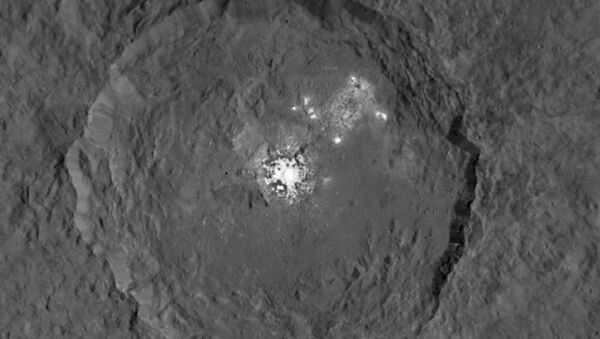One of the most intriguing images came in early October, while Dawn was about 920 miles (1,480 km) above the surface of Ceres and at an angle where the sun's position showed interesting reflections not seen during the first four orbits. The image clearly reveals enigmatic bright regions at the bottom of the dwarf planet's huge Occator Crater, which scientists believe is a sign of recent geologic activity.
NASA Probe Snaps Stunning New Pics of Dwarf Planet Ceres https://t.co/KFaMwED0AU pic.twitter.com/E1A3xVIy8Z
— SPACE.com (@SPACEdotcom) November 22, 2016
Another intriguing image, made with the help of the German Aerospace Center in Berlin, reveals how Ceres would appear to the human eye in natural light wavelengths. Image colorizing was based on how the dwarf planet reflects varying light wavelengths.
NASA probe snaps stunning new images of dwarf planet Ceres https://t.co/S8FroYxqpE pic.twitter.com/QPDi5LZNrB
— Scientific American (@sciam) November 21, 2016
Dawn's primary mission was completed in July, but NASA has extended its journey as the probe continues to function. The spacecraft's new orbit will be 4,500 miles (7,242 km) from Ceres where it can make additional measurements and allow refinement of already existing data.




